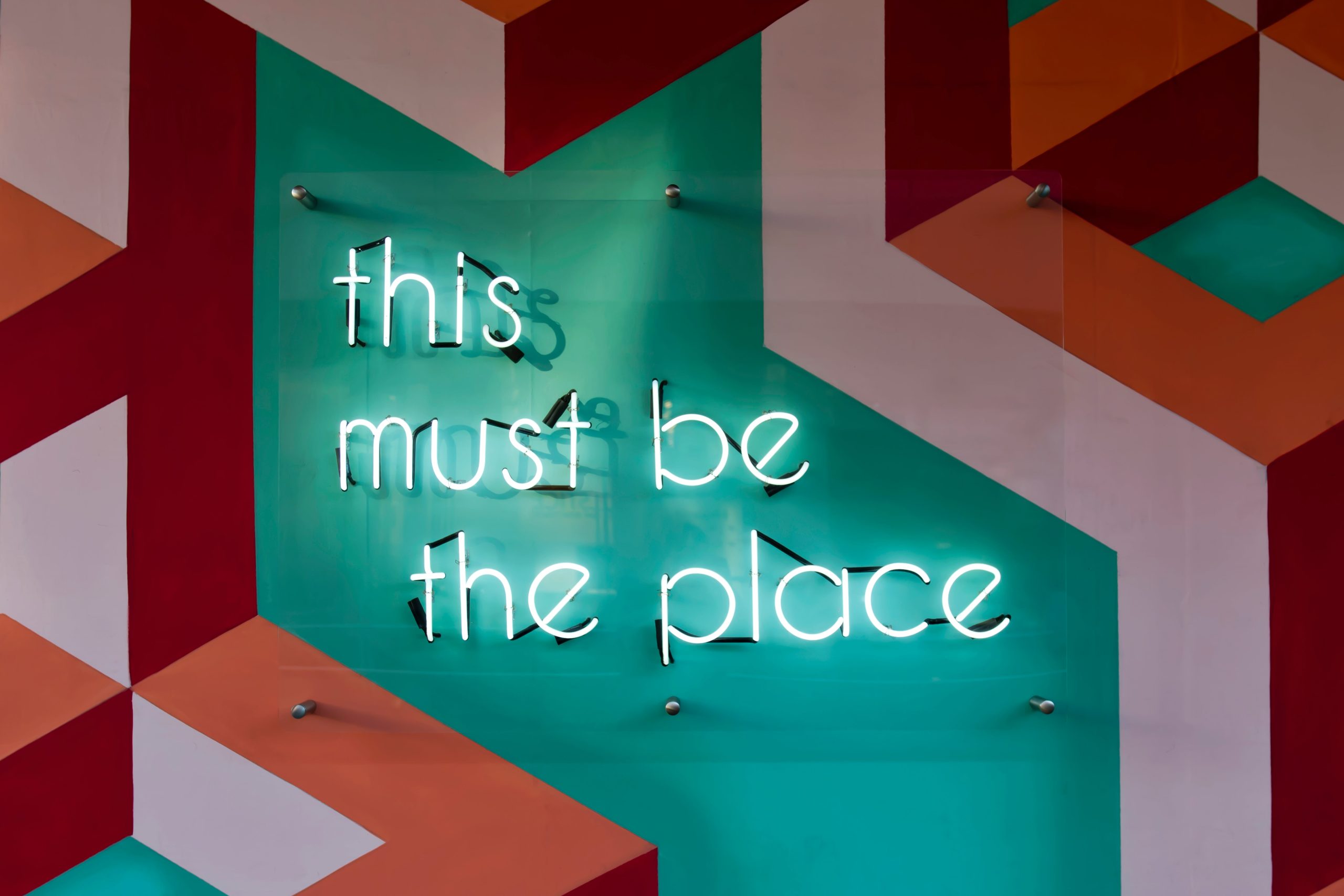Art-based therapy, which involves the application of artistic means to treat psychiatric illnesses and improve mental health. A transformational practice grounded in the notion that creative expression can contribute to the healing process and general well-being. Art-based therapy, a technique that has gained mainstream acceptance since the 1940s, relies on a long history in which people have turned to the arts for communication, self-expression, and healing.
Dr. Ellen Johnson, an internationally acclaimed art therapist, points out,” Art is a language everyone speaks; it allows us to express what words often cannot”. this sense of connection represents the profound influence of art as a global medium of communication. Dr. Susan Davis further emphasizes the historical relevance, stating, ” Art has been an intrinsic part of our healing journey throughout human history”.
In a thorough assessment of methodologies and practices, art therapy emerges as a strong tool, providing individuals with a unique road to mental well-being and self-discovery, transcending verbal constrains.

What Is Art-Based Therapy? Fundamentals And Principles
At its foundation, art-based therapy capitalizes on the innate correlation between creative expression and the human psyche. based on the notion that the process of creative production transcends traditional language, giving people a universal tool to express and comprehend their feelings, the fundamental concept is that the creative process, weather via sketching, diamond painting or sculpting, becomes a vehicle for self-discovery and contemplation.
Art -based therapy concept goes beyond simple artistic fabrication; it actively promotes the notion of non-judgmental exploration. individuals who engage in artistic expression enter a therapeutic zone that is devoid of concepts such as right and wrong, enabling a liberating journey into the depth of their emotions. this strategy is especially appealing for those who find traditional verbal communication difficult. The psychologist who is conducting this process takes on a facilitative and supportive role, creating an environment in which clients feel empowered to navigate and explore their emotional landscapes.
Moreover, art-based therapy revolves around the metaphorical and symbolic nature of imaginative creation. Every brush stroke and sculpted figure becomes an abstract representation of the overall individual state of mind, thus unveiling a visual language that is more accessible than spoken expression. This perspective transforms art-based therapy into a dynamic and adaptive instrument capable of addressing a wide range of mental health concerns.
Receptive to those concepts, the psychologist becomes a guide in decoding the symbolism concealed within the art work, setting up an examination that goes beyond typical therapy procedures.

Historical Roots
Looking into the evolution of art-based therapy reveals its rich history, from ancient techniques to modern legitimacy. Societies embraced creative expressions for healing and communication millennia ago. Pioneers such as Adrian Hill and Margaret Naumburg standardized art therapy fundamentals as early as the mid-twentieth century.
Ever since, empirical proof and growing acknowledgment within the mental health sphere have driven art-based therapy treatment into widespread acceptance. This transforming method now combines ancient knowledge with contemporary therapeutic approaches, providing a holistic avenue for mental health and well-being.
Health Benefits of Art-Based Therapy
In relation to stress: Owing to study findings, engaging in artistic pursuits within a therapeutic framework has been shown to relieve stress. A detailed systematic review published in Behavioral Sciences in February 2018 examined 37 studies including 2,136 participants, the majority of whom were women.
The data concluded that 81% of the studies showed a significant reduction in stress levels as individuals engaged in creative arts interventions such as art therapy, music therapy, dance movements therapy, or drama therapy. The findings show that these types of expressive therapies might be effective strategies for stress management and prevention.
In relation to Self-Worth: Individuals can be empowered via art therapy by improving their self-esteem and self-image. it fosters a feeling of personal autonomy, self-dependence and sustainability.
Previous research has revealed that including art therapy into the treatment of those suffering from long-term illnesses, physical impairments, and cancer, can help them grow emotionally, physically and cognitively. However its important to highlight that further research is necessary to fully understand these possible advantages.
In Relation to Anxiety And Depression: Participating in creative activities under the supervision of a therapist can aid in the reduction of various mood disorders and symptoms. Systematic study published in the journal Frontiers in Psychology in August 2021 looked at 413 papers on the effectiveness of art therapy in the treatment of anxiety and depression.
The finding suggest that art therapy can help people with mental health conditions to communicate their feelings, opinions and experiences. Art therapy, in addition to regular check-ups, may provide medical practitioners with extra insights with regards to the patients they are attempting to diagnose.







